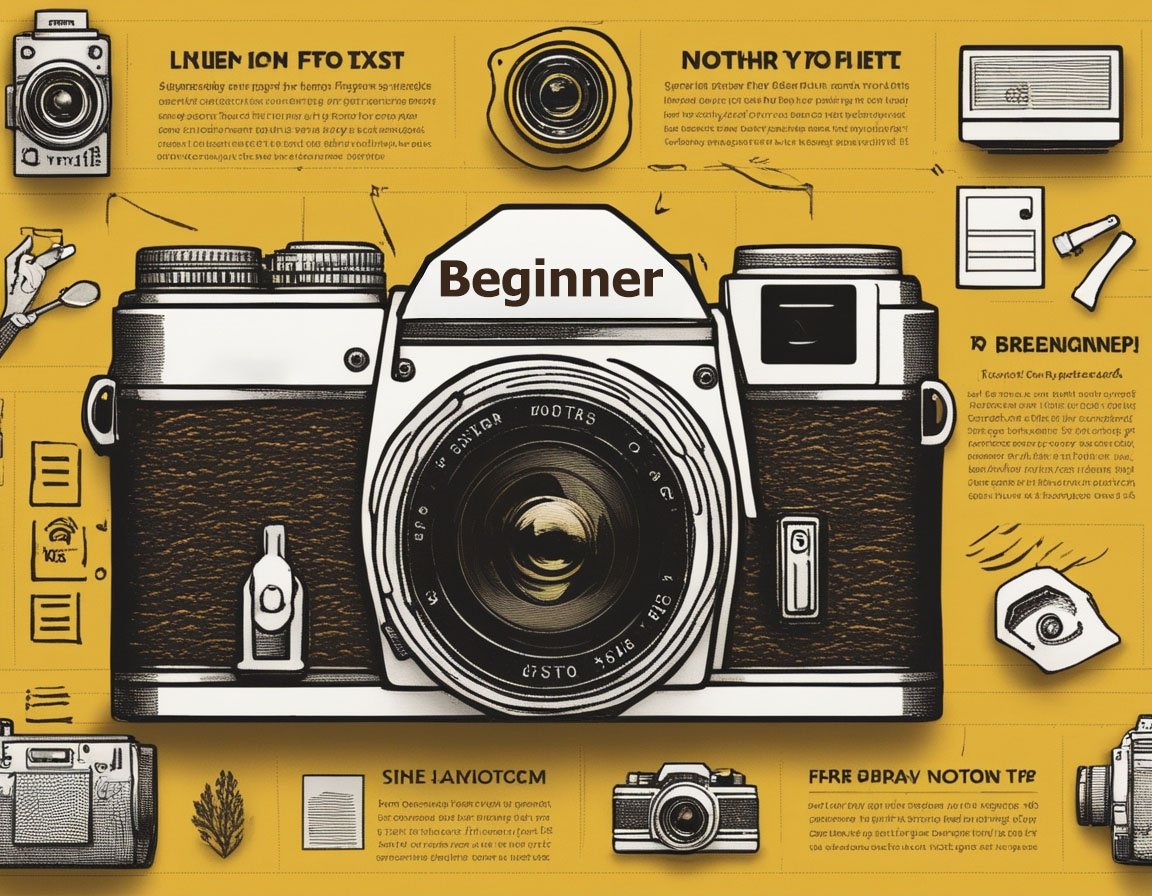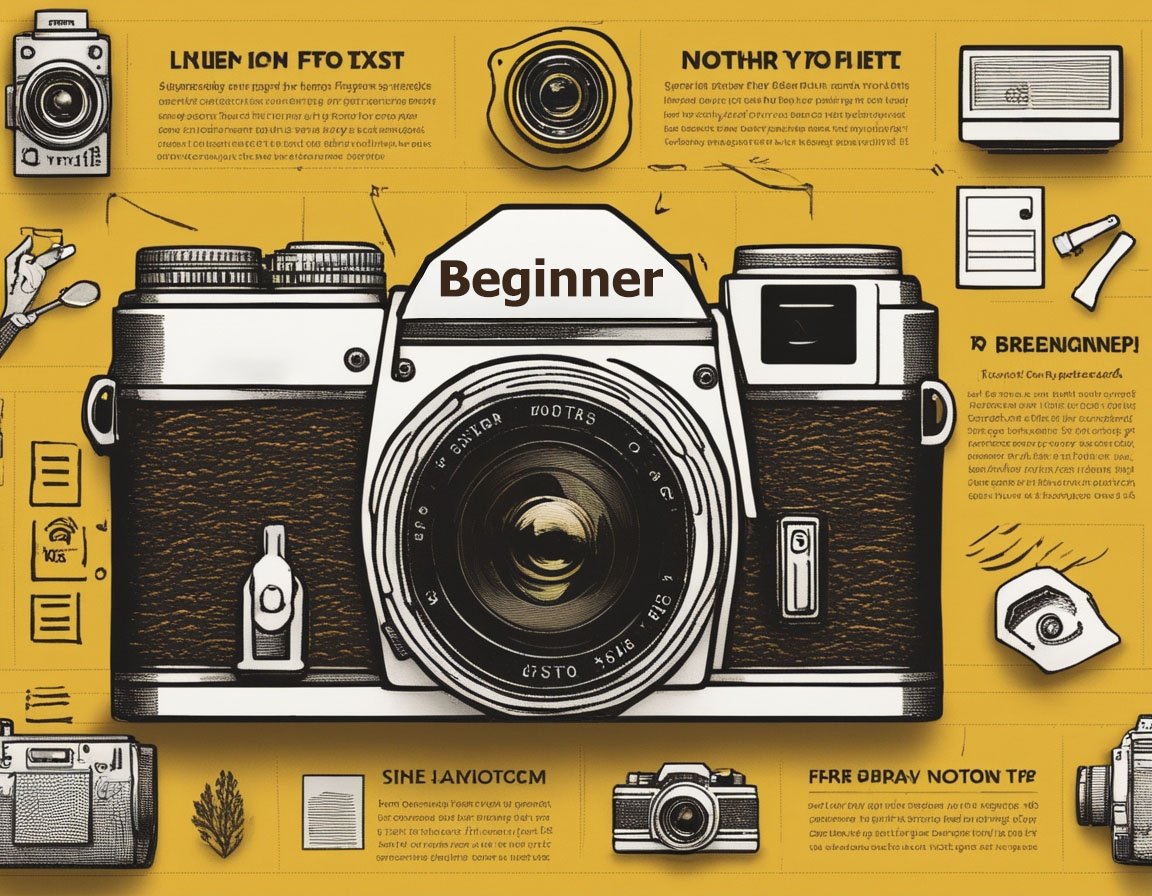Understanding Natural Light
The Role of Natural Light in Photography
One of the core principles of photography is the understanding and utilization of light. Natural light, which originates from the sun, possesses a quality and spectrum that artificial light sources struggle to emulate. For beginners, harnessing this light can introduce a softness and warmth to images that flash often harshly disrupts. Learn to observe how light changes throughout the day, as the angle and intensity of sunlight shifts, offering different moods and opportunities for varied compositions.
Golden Hour and its Magic
The term “Golden Hour” refers to the periods shortly after sunrise and before sunset. During these times, the sun casts a golden glow that is soft yet dynamic, creating natural highlights and shadows without the need for a flash. This time of day is prized for its ability to produce flattering portraits and evocative landscapes. By embracing golden hour, beginners can elevate their photography without relying on flash.
How to Capture Golden Hour Images
To make the most of golden hour, plan your shoots around these times and practice patience. Positioning your subject with the light slightly behind or at an angle can highlight textures and add depth to your photographs. Use reflectors to bounce light back onto your subject if necessary, and avoid directly facing the sun to prevent unwanted lens flares.
Mastering Indoor Photography
Utilizing Available Light Sources
Shooting indoors is where many beginners fall into the flash trap, believing they need extra light to capture their subject clearly. However, most interiors have existing sources of natural and artificial light that, when managed correctly, can yield beautiful results. Windows, lamps, and even television screens can be used to create a layered lighting environment.
Achieving Effective Indoor Lighting
Positioning your subject near a window allows for natural light to illuminate the photo while creating softer shadows. Experiment with curtains or blinds to diffuse harsh sunlight, creating an even softer light. When dealing with mixed lighting, such as lamps and sunlight, consider adjusting your white balance to maintain natural colors in the image.
Understanding White Balance
White balance is a critical setting in photography that controls the colors in your images, ensuring they appear natural. Different light sources have varying color temperatures—daylight is typically blue, while incandescent light leans towards yellow. Adjusting the white balance on your camera can help harmonize these discrepancies, reducing the need for any flash corrections in post-processing.
Composure and Exposure Techniques
Exploring ISO Sensitivity
ISO is a camera setting that controls the sensitivity of your camera’s sensor to light. A higher ISO increases sensitivity, allowing you to shoot in lower light conditions without flash, albeit sometimes at the cost of grain or noise in your images. Understanding how to balance ISO with exposure settings is invaluable for avoiding flash in darker environments.
Pushing ISO Boundaries
While many beginners may shy away from increasing ISO for fear of grain, modern cameras are equipped to handle higher ISO levels with minimal noise. Experiment with different ISO settings in controlled environments to get comfortable with how your camera performs. Most importantly, learn to recognize situations where a high ISO can compensate for the absence of a flash, such as in nighttime urban photography.
Adjusting Shutter Speed and Aperture
Your camera’s aperture and shutter speed settings significantly influence the amount of light that hits the sensor. By wide-opening the aperture or slowing down the shutter speed, you can allow more light into the camera. This helps to avoid using flash while capturing correctly exposed images.
Balancing Shutter Speed and Aperture
Aperture adjustments let more light in by widening the lens’s opening; this creates a shallower depth of field but can beautifully isolate your subject. Meanwhile, reducing the shutter speed allows more light over a longer time; just remember to stabilize your camera to avoid unintended blur. Learning this balance requires practice, but it enables you to shoot without a flash in various lighting situations effectively.
Creative Techniques to Light Your Photos
Reflectors and Diffusers
Reflectors and diffusers are invaluable tools for any photographer seeking to control light without a flash. Reflectors bounce existing light onto your subject, filling shadows and adding dimension. Diffusers soften the light, reducing harsh shadows and highlights.
Implementing Reflectors and Diffusers
Experiment with placing reflectors opposite the primary light source to illuminate your subject evenly. Different reflector colors can alter the light’s warmth; silver reflectors offer a neutral, bright light, while gold reflectors provide a warm glow. Use diffusers outdoors to tame direct sunlight or indoors to soften artificial lights.
Candles and Ambient Lighting
For creative indoor shots, consider using unconventional light sources like candles or ambient light. These sources can add a unique atmosphere to photos, evoking a specific mood or theme.
Capturing Mood with Ambient Lighting
Experiment in darkened rooms with a singular candle or string lights to highlight your subject against a moody backdrop. Adjust your camera settings to accommodate lower light levels, and embrace shadows to create a composition rich in contrast and interest. This approach can result in captivating images that tell a story through light and shadow interplay.
Practicing Without Flash
Developing an Intuitive Sense for Light
One of the most rewarding skills for a photographer is developing an intuition for light. Understanding where light originates, how it interacts with your environment, and predicting its effect on your subject becomes easier with practice and observation.
Documenting Light Changes
Go on photo walks during different times of day or in varying weather conditions to study how light behaves. Document your findings and note how natural reflections, refractions, and shadow patterns can aid or hinder your compositions. This practice empowers you to anticipate lighting situations and craft scenes without resorting to flash.
Cultivating Patience and Creativity
Avoiding flash requires patience, as natural light can be unpredictable. Therefore, flexibility and creativity are your best allies. Be willing to adapt your original vision based on the day’s lighting conditions.
Embracing the Unexpected
Sometimes, intended outcomes may not align with the available light. Embrace these surprises, and view them as an opportunity to practice creativity within constraints. Resourcefulness not only develops your skillset but enhances your ability to create compelling images across diverse conditions.
Through understanding, experimentation, and avoiding flash dependency, amateurs can evolve their skillsets and enjoy the authentic beauty of naturally lit photography.



